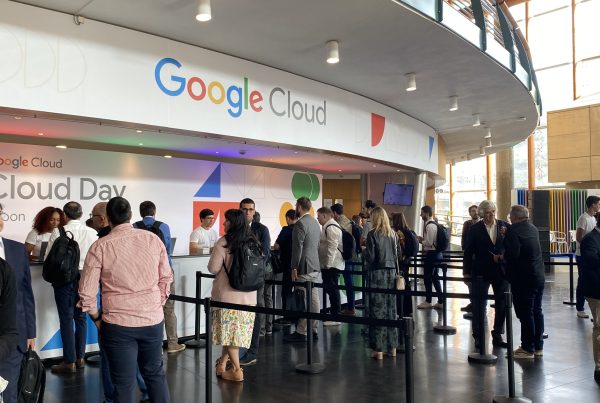While the comeback of mass events is still raising many questions and we can’t seamlessly create a successful in-person event, hybrid events are quickly emerging as a sustainable way to bring people together in a post-pandemic world. In fact, worldwide event planners believe their roadmap to success is to merge virtual and in-person elements into future, large gatherings. Let’s go deeper into the topic?
But first: Did you know hybrid events have been happening since 2012? According to CDC, due to budget restrictions, event organizers were not always able to gather as many attendees in-person as they wanted, eventually resorting to remote audiences. What the pandemic has done is to impose virtual as the only way during lockdowns and stay-at-home orders.
Understanding the digital future of events
Even when in-person events make their full return, the proven benefits of virtual events will surely remain in the forefront. There’s actually a widespread theory that remote audiences may become the ‘new normal’ for numerous reasons – that begins with the elimination of travel restrictions and time zone discrepancies. And if a virtual events platform allows it, why shouldn’t you be reaching global audiences instead of a fixed number of participants?
Furthermore, the digital transformation of the events industry as a whole should come first than cataloging events with one of these three labels – virtual, hybrid, or in-person. The highest purpose should be to produce content that could be engaging enough to where and how your event will be consumed, in a consistent way to the channel in place. And only then it’s relevant to talk about event technology providers, to choose the right event management software, the best live video streaming for events, and the means that will serve to fulfill your event goals.
The time is for leveraging new event experiences using digital tools, ensuring that content delivery remains concise, interactive and impactful to keep your attendees engaged (specially the virtual ones). If this caught your eye, find some great tips for making successful hybrid events in 2021.
Managing distributed audiences
Because humans are social by nature, we still largely rely on face-to-face interactions to learn and educate, network or exchange ideas. At the same time, we can’t deny that adding virtual to event management can create an overall positive return on investment. However, having the best of both worlds implies meeting distributed audiences expectations and requires both strong technical and operational expertise to ensure attendees have a smooth and productive omnicanal experience.
While adding a virtual audience can be a very attractive benefit of a hybrid event format, there are also many challenges and considerations organizers may encounter. For instance, don’t disregard constraints of your in-person business hours and try not to let them interfere negatively with your remote attendees. Please note that different time zones can also affect the availability of some speakers or exhibitors, and may affect the number of remote attendees that participate in real time.
Tip 1: Work through each element to identify how virtual attendees can be incorporated and what parts of the onsite experience may need to be changed or adapted to deliver an inclusive and cohesive hybrid event. Physical proximity and content production must continue to take center stage.
Tip 2: Think strategically about your event format, length, timing, location and, of course, the much sought-after technology resources. Get to know these 5 tools to create a memorable virtual or hybrid event.
Getting the best of hybrid event production with beamian
beamian has been an expert at planning and delivering successful hybrid events (like from the very beginning of our existence). What our solution offers is a great way of putting technology serving the goals of each event, by reaching new audiences through their preferred channels, and serve in-person audiences in a secure, supported by digital tools way. We produce results for our customers because we’re aware that serving virtual audiences is completely different from serving face-to-face attendees (even when we may be talking about the same person).








